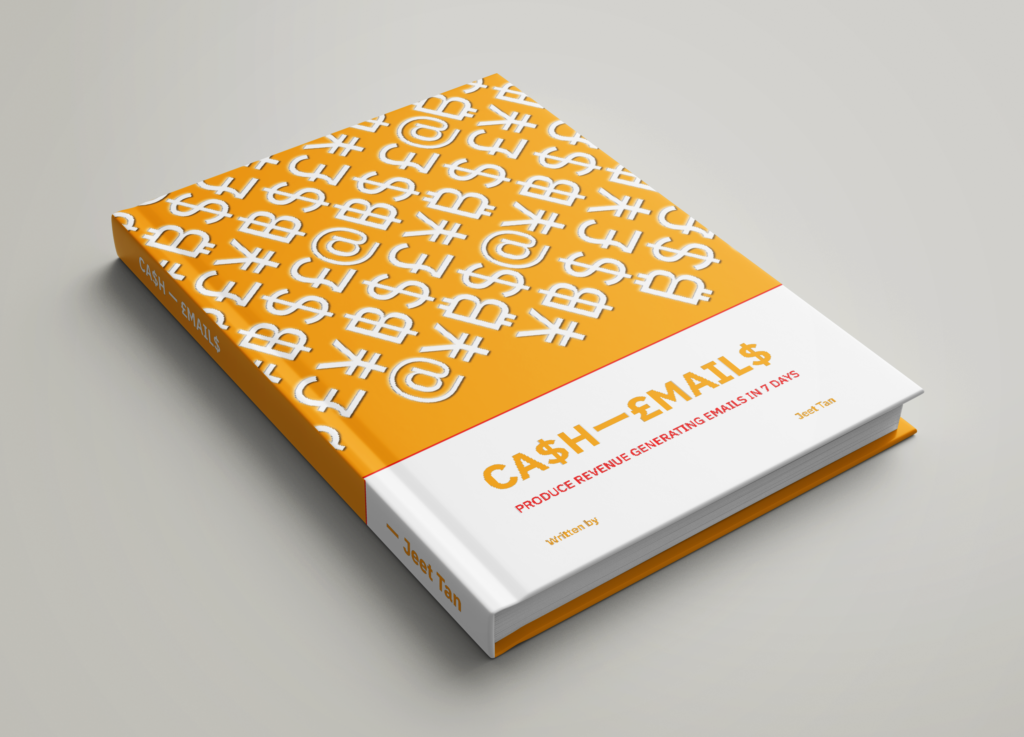Break Up Your Copy into Bit-Sized Chunks

Want to know the easiest way to get better in writing long-form copy?
Break things up.
Especially when writing long-form, the worst thing you can do is to try to eat the whole elephant at one go.
Copywriting is not simply a wall of text. If you noticed, there are many sections that goes into your work. The hook, the story, the benefits the content, the close. In general, for a blog post like this, the sections are as follows: the introduction, the topics (3-4 subheadings), conclusion, the close.
Each section needs to be filled up accordingly with its respective content needs. But it’s far from simply “just writing.” You want to split things up into manageable chunks and begin writing your copywriting process from that way.
Research involves one section
Don’t just jump into writing copy without the sufficient knowledge. Research plays a big part in copywriting. But this a set amount of time depending on the size of the topic at hand, I recommend for an informative blog post to spend at least 2 hours conducting your research.
A well-researched article has a higher likelihood of ranking well and to do well into bringing in new audiences to your business. If SEO research is a part of your job, then this will involve keyword research as well for blog posts.
Some of the things you want to research are: what’s the main topic of your article? What will make writing your article unique? What key points do I want to hit in the article – brainstorm and bullet point it.
Research is a part of the writing process, yes. Writing in the sense of planning, having your ideas jotted down on a google doc/piece of paper. The better you do your research, the easier it will be when it comes to your writing.
Break your work into subheadings
The first thing before you want to do before beginning any type of writing is to break your copy into sections, or subheadings. Breaking your copy into subheadings is absolutely crucial because you are keeping your thoughts organized. When your readers read sections, they will naturally feel that the information that is presented to them is concise and clear.
I would like to cover briefly about writing methods. Do I write copy sequentially or do I write copy using the “Swiss Cheese method. “
The sequential method is best for quality, if you want to ensure the quality of your writing, then I would recommend completing each section one by one first before jumping onto the next. You would complete this for all sections until you reach the last, ensuring that the words you write are accurate, and of quality. However, what you may achieve in quality may mean that you miss out on ideas which you can gain spontaneously using the Swiss cheese method.
Swiss cheese method is best for productivity. This mean just writing based on your feelings, whatever section you feel like writing, write an imperfect version and simply aim to put words down on paper. If you feel like writing the headline first, start with the headline. If you want to start with the CTA first, start with the CTA first. You’re acting based on inspiration rather than methodology.
The goal of this method is not to get things perfect, it’s to get things going. You can perfect things up once you get to the editing stage. The Swiss cheese method is good because you are spontaneous and can allow you to have creative ideas and get good copy ideas coming to you from ways that you do not expect.
For the Swiss Cheese method, do not filter in your writing, we can change that later in the editing. But you must allow those creative juices to flow and to get things going. Getting things going is more important than getting things right.
There is no right or wrong way to write. I’ve seen professional copywriters do things methodically while I’ve seen also other copywriters write spontaneously. What’s most important will be in the editing phase which we will discuss later.
Word count
Always, always, always establish a word count beforehand. A mistake many beginners make when writing is that they just simply “write” with no goal in mind. How much is enough, 1,000 words? 2,000 words? 500 words?
This is why you need a word count. Of course, a large word count does not always constitute as a good article, but it’s always good to have a rough idea on the word count you would like beforehand. This makes your writing speedier and faster.
When you have a general target of what you want to hit, writing becomes much easier.
Time Yourself
Don’t just write the whole thing in one go, unless you’re an already experienced writer. But even then, this is a task not possible for many.
Set a 30 minute timer and work at your copy in chunks.
As human beings, we are not built for long drawn-out sessions. We are built to operate in short sprints with a break within. After your 30 minutes are up, it’s recommended to take a break, however if you’re still feeling ambitious – you can keep going.
But once you’ve decided to take a break, walk away, think about something else. Let go.
Easier said than done, but when you’re able to let go, you allow your subconscious to work on your project. This rest period is CRUCIAL because it will dictate how well you’ll do when you continue the writing process.
A recommended reading for those that are interested is the POMODORO method which tells you how to exactly conduct this rest/run process.
Call to action
The CTA will constitute for 5% of the whole long-form copy you write. Yet it’s more important than 80% of the content you’ll write.
This is because the conversion part happens in the call to action. Making sure that your transition from content to the call to action is smooth. If you’ve done a good job in pre-selling in the content part, your call to action should be the next part you focus your attention on.
You want your call to action to give them benefits of why they should click, in a short and snappy way. Use graphics to your advantage to grab attention. Call to actions should also add some sense of urgency and scarcity in it. For example, limited offers.
Put formatting and editing last
The first step would be to get everything down on paper first. Don’t worry about the formatting and proof reading. Only after you’ve gotten things down on paper, is where you begin the editing process.
When editing, you want to check for mistakes, how sentences sound, grammatical errors, spelling checks, and also content accuracy. More importantly, you want your points to be as concise and as straight-to-the-point as possible.
Remember, viewers do not have time to read walls of text.
Do not lump editing and writing. Editing is a whole different process than writing, which requires a more analytical frame of mind. While during the editing process, you want to look for mistakes and fixing those mistakes. You want to also look for what’s missing in your current article and add on to that.
Remember, this will be and always will be an iterative process. Something that you keep adding on to and will keep on getting better over time. Don’t expect things to be perfect right off the bat.
Graphics
For me, I produce the graphics last. When I work with a designer, this is the part where I request graphics and come up with the concept for design.
Design will play a very important part in copywriting. I believe it’s not the copywriter’s job to tell the designer how to design, but it’s the copywriter’s job into leading the feel of the design and giving the concept onto what’s needed.
Copywriting will always be the main, but if the support (design) is not good, your work may feel incomplete
Conclusion
Copywriting is a mechanical activity and thus you want to have a mechanical, repeatable process to be able to deliver consistent results. Breaking things down into manageable chunks is an important skill in writing copy. (and in life as well)
When you can see things in a structured way, your whole writing will feel and be better.
Another thing I would like to talk about is adding emotional triggers to your copy. What are emotional triggers. Emotional triggers are psychological cues that will influence your customers to buy from you.
For example, building trust through storytelling. Expressing empathy to your audience showing you understand their reality and world. Or displaying, proof, credibility that your work is proven to be good.
Emotional triggers can be sprinkled in during the editing process or during the writing process, but having a bunch of them preplanned is recommended.
Good luck in your copywriting journey and I wish you well.
If you enjoyed this article, don’t forget to check out my free e-book: “Cash-Emails” in which you will have the best marketing templates, I learnt through my millionaire mentors, that will allow you write emails that can generate you a couple extra thousand dollars in sales. The strategies I will be sharing with you in this book are specifically made for email marketing but the templates can be applied onto virtually any platform. Download it through the link below.




0 Comments